Low-Code Tools for MVPs: GitHub Spark, Kissflow, and the 2025 Startup Stack
From Spark to Kissflow, founders are skipping the dev backlog and launching real products in days not months
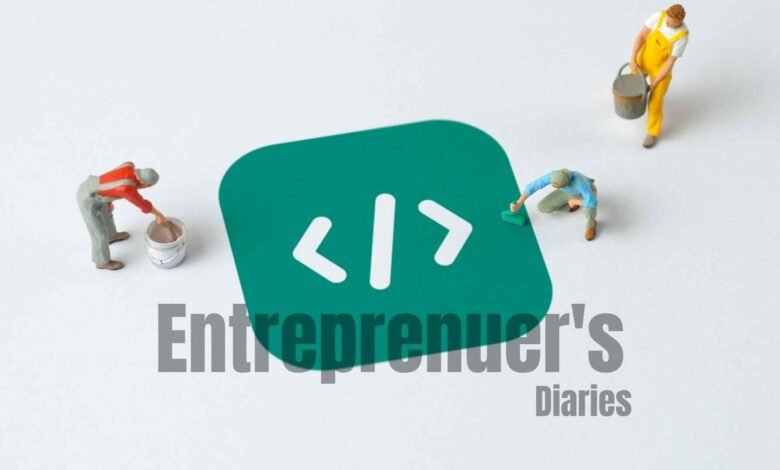
Startups don’t fail because they lacked vision. They fail because they ran out of money before they figured out what worked. And in 2025, no-code and low-code platforms are what’s buying time. They’re not just tools. They’re lifelines.
GitHub Spark Isn’t Playing Around
GitHub Spark came out swinging on July 28. It’s not another drag-and-drop sandbox. Spark reads a product pitch, interprets what needs building, and spits out a working app front end, back end, database, logic. Done. According to Reuters, founders are prototyping full-stack software in less time than it takes to get through your inbox.
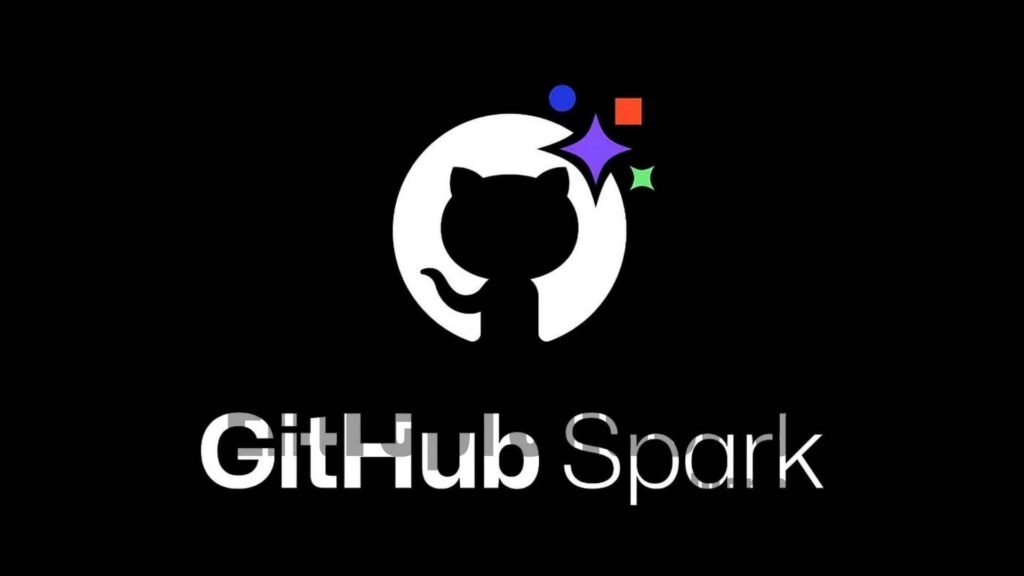
It’s not perfect. But when your biggest constraint is time and you’re not technical, that trade-off is gold. One founder called it “a co-founder that never sleeps and doesn’t argue.”
This is GitHub’s bet on the next 10 years of builders. It’s loud. It’s raw. And for some early users, it’s the closest thing to skipping the dev hiring cliff entirely.
Kissflow Isn’t Flashy, But It Works

Kissflow, based out of Chennai, is where business users build systems before IT even wakes up. It’s not built for flash. It’s built for operations. And that’s what makes it stick.
Forrester’s Q1 2024 report gave it high marks perfect on Roadmap, near-perfect on Experience. But the real story? It’s quietly become the backbone for non-technical teams pushing out internal tools, workflows, and customer-facing apps with almost zero dev intervention.
It’s AI-enhanced now. It helps map logic. It guides automation. But more than that, it’s battle-tested. When IT leaders say, “Just build what you need,” this is what they hand over.
Mendix and OutSystems: No Time for Toys
Some products are built for hacking. Some are built for hospitals, factories, or financial systems. Mendix and OutSystems are the latter.

Mendix, founded in Rotterdam and now under Siemens, has been around long enough to know better. It gives enterprises serious power: visual modeling, logic layers, integration depth, and scalability to handle tens of thousands of users.
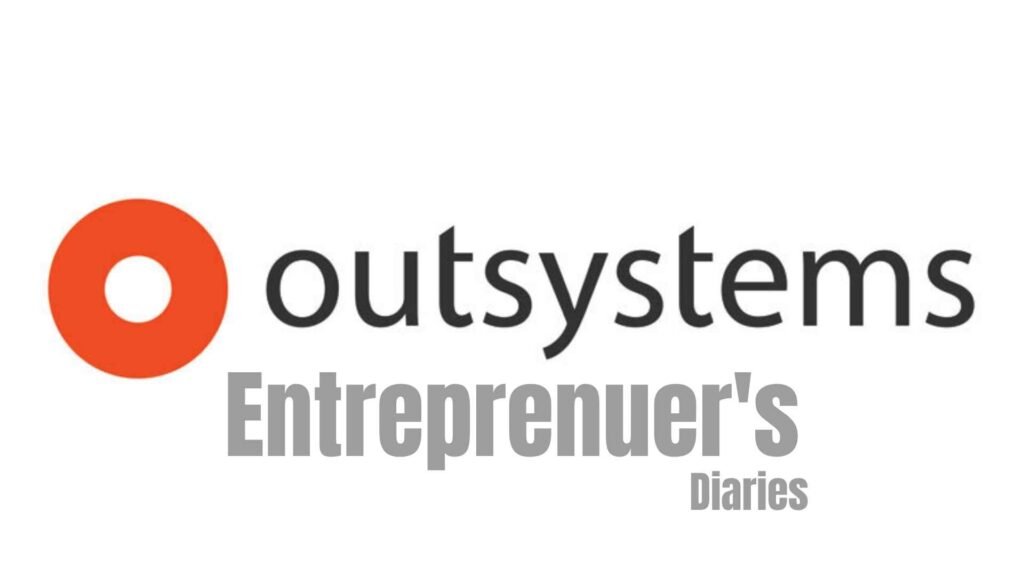
OutSystems plays in the same league. Both are expensive. Both have a learning curve. But when the MVP has to scale fast without breaking under pressure these two are where serious CTOs look.
AppSheet and Webflow: Where MVPs Learn to Walk
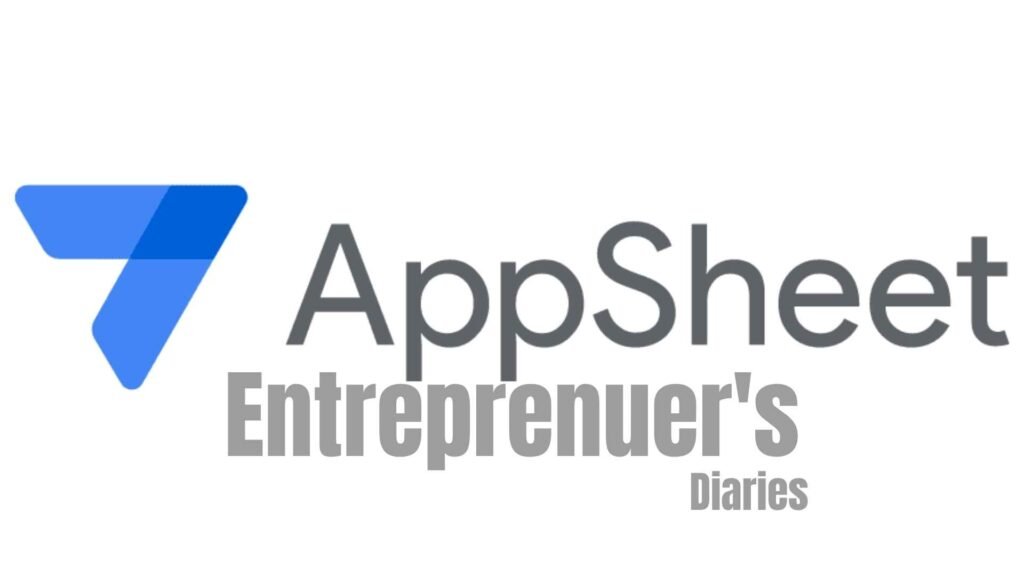
AppSheet, bought by Google in 2020, made it easy to turn spreadsheets into functioning mobile or web apps. It’s not sexy. But when you’re trying to operationalize workflows or customer intake, it’s fast and clean.

Webflow, on the other hand, is where design and performance meet. It’s not just for landing pages anymore. In the right hands, it’s a full-on MVP engine especially when paired with Airtable and Zapier.
Founders who can’t code but have taste? They’re shipping on Webflow and validating before most people finish their pitch decks.
The Rest of the Stack: Bubble, Adalo, KovaionAI, and the Niche Killers
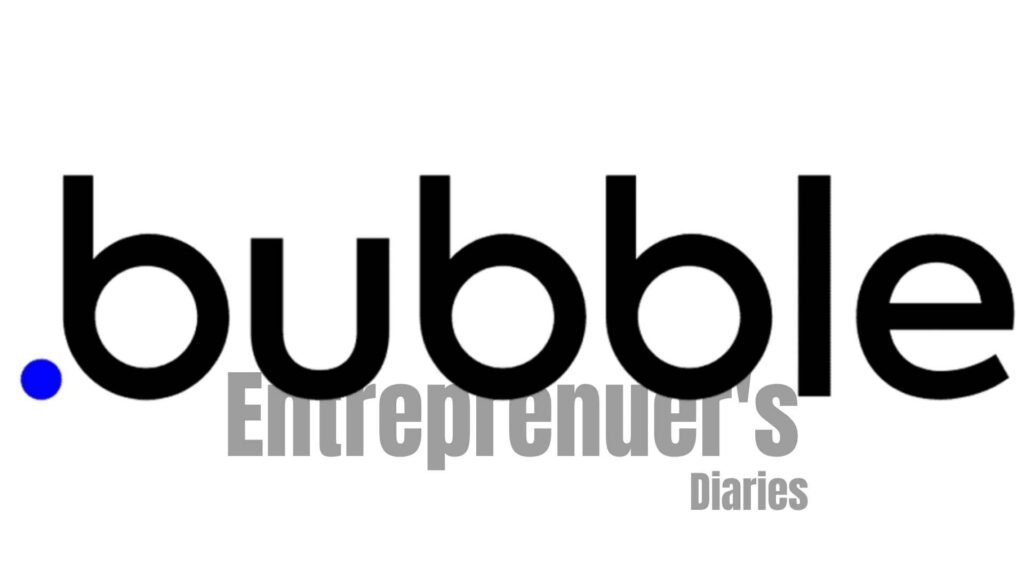
Bubble is for those who aren’t afraid of complexity. It lets you drag, drop, integrate APIs, manage logic, and ship real web apps. But don’t mistake it for easy. It’s powerful, not forgiving.
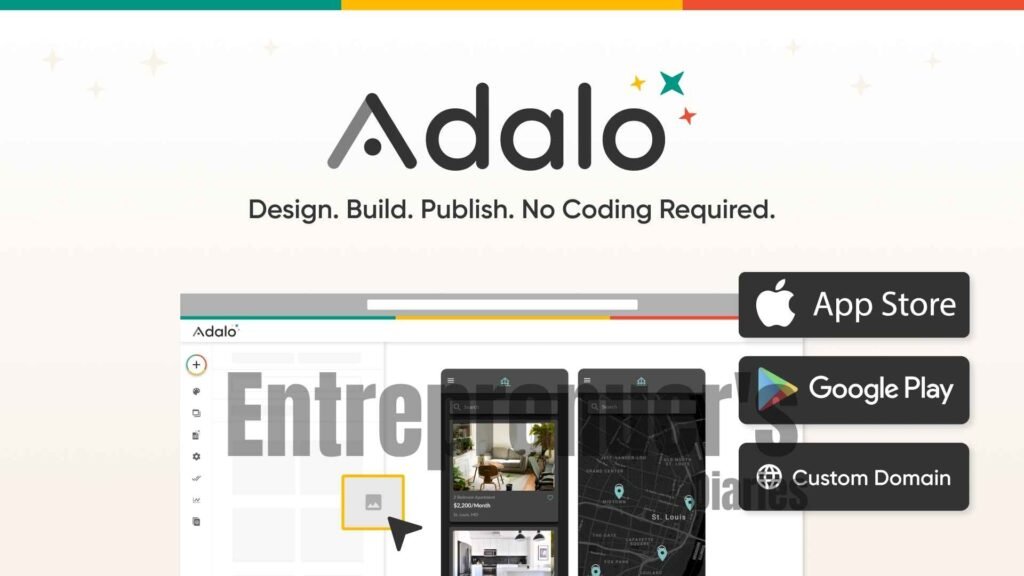
Adalo, mobile-first and now AI-assisted, found traction with indie founders and solo operators. After its DreamFactory partnership this March, backend integrations got much easier, making it a better fit for serious MVPs.
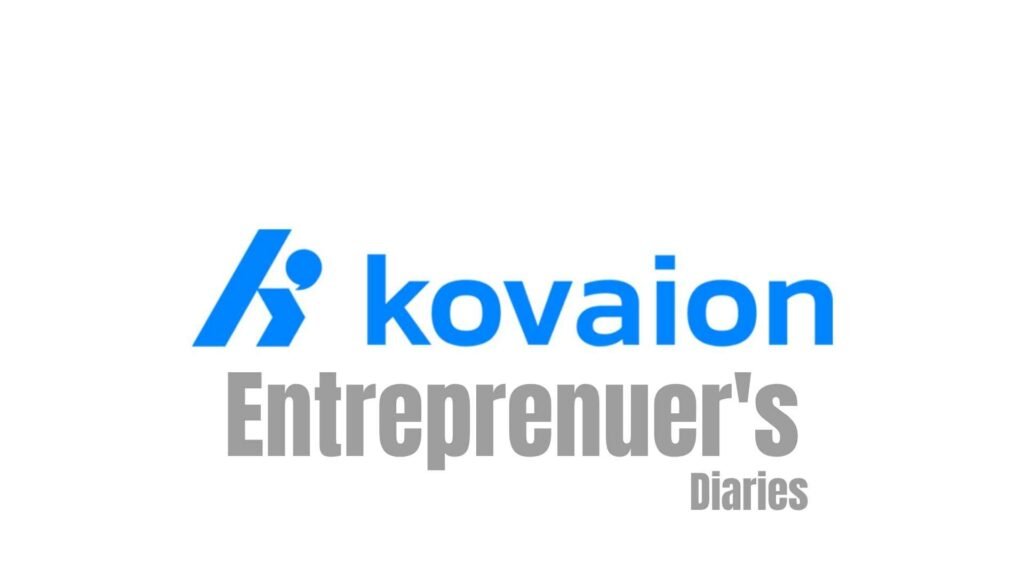
KovaionAI isn’t a household name, but it should be. Its AI-powered suggestions help non-coders structure SaaS apps with less back-and-forth. It won’t write your GTM plan, but it will shave weeks off development.
And then there’s AppyPie, FlutterFlow, Xano, Zoho Creator each with their own lane. None of them are the best at everything. But each one, in the right hands, is more than enough.
The Market’s Not Hypothetical Anymore
Gartner said it plain: 70 percent of new apps this year were built with low-code platforms. Just five years ago, it was under 25. That’s not a shift. That’s a full-blown rewrite.
Statista clocked the no-code market at $16 billion back in 2021. They’re betting on $68 billion by 2028. Every smart founder knows why. Speed and cost. Low-code platforms routinely cut development time by 90 percent and build costs by 70 percent, according to startup engineering shops.
It’s not a nice-to-have. It’s the new bar for survival.
What Founders Are Actually Doing
The smart ones aren’t trying to automate everything from day one. They’re building “concierge MVPs” manual back ends, low-code front ends. Think landing page plus Airtable plus Zapier. Cheap, fast, and good enough to test real demand.
Single-feature MVPs are also back in fashion. Instead of launching 10 things poorly, they’re doing one thing well. If it sticks, they scale. If it flops, they pivot with almost no technical debt.
And the best part? You can now do all of that without hiring your first engineer.
So What’s Worth Your Time?
If you’re non-technical and need to launch this weekend: GitHub Spark is the fastest route.
If you’re in a big company, wrangling processes and data flows: Kissflow will get you there without calling IT.
If your MVP needs to scale to thousands and handle mission-critical logic: Mendix or OutSystems are your best bet.
If you’re testing fast with good design: Webflow, Bubble, Adalo, and AppSheet are all fair game.
No platform is perfect. But in 2025, your worst option is wasting six months building the wrong thing. Low-code isn’t just a cheat code anymore. It’s the standard.
Connect With Us On Social Media [ Facebook | Instagram | Twitter | LinkedIn ] To Get Real-Time Updates On The Market. Entrepreneurs Diaries Is Now Available On Telegram. Join Our Telegram Channel To Get Instant Updates.
Luca is a tech ethicist from Italy exploring disruptive innovation through a human lens—from AI to biotechnologies to decentralization.




